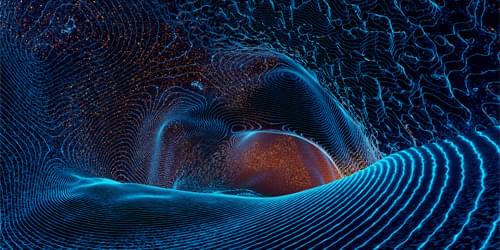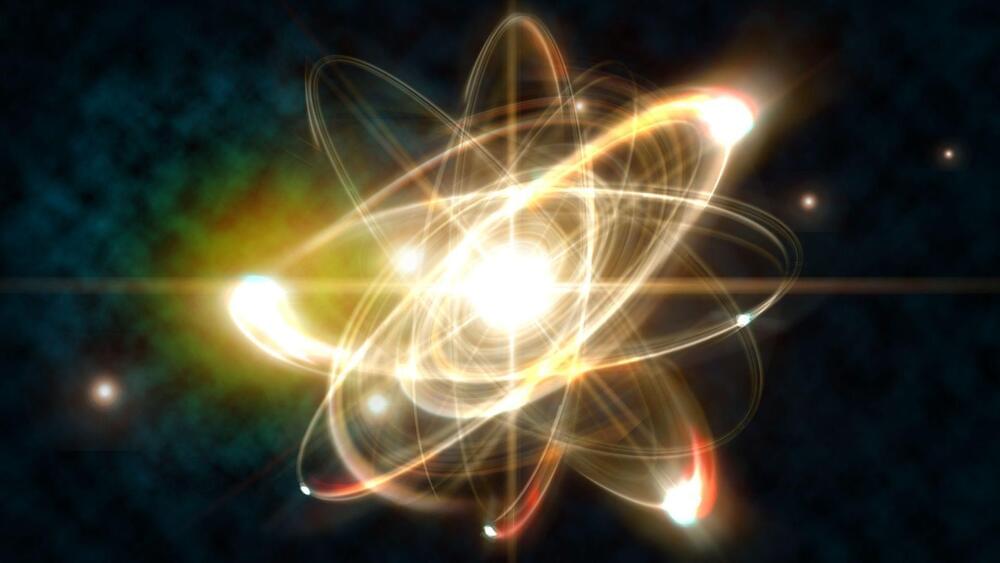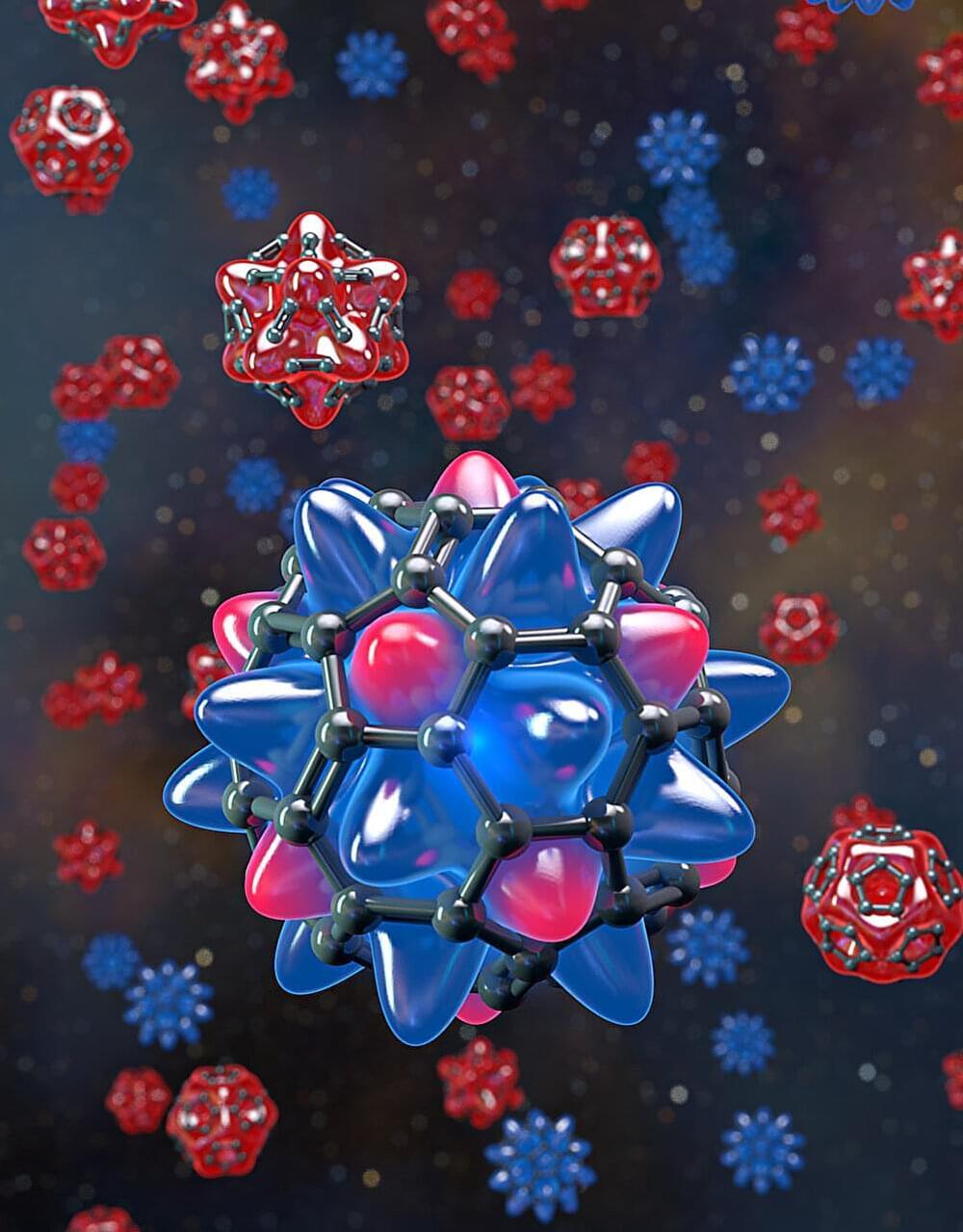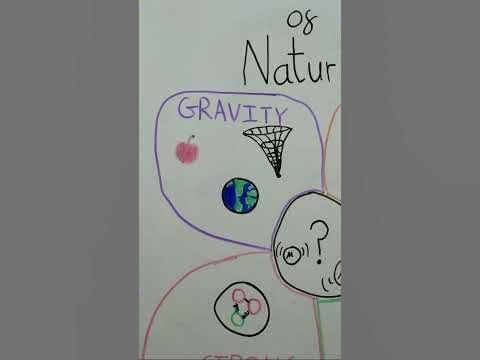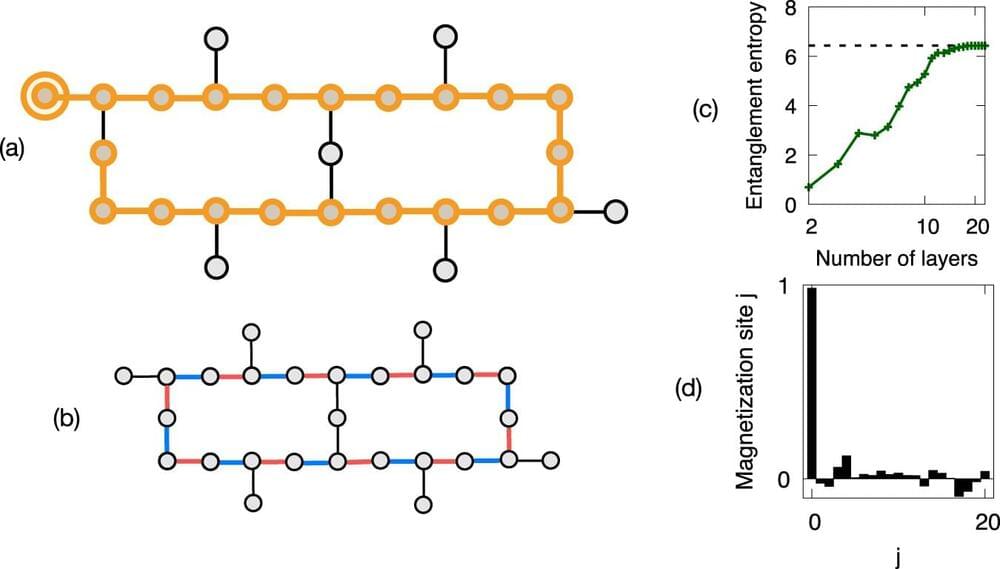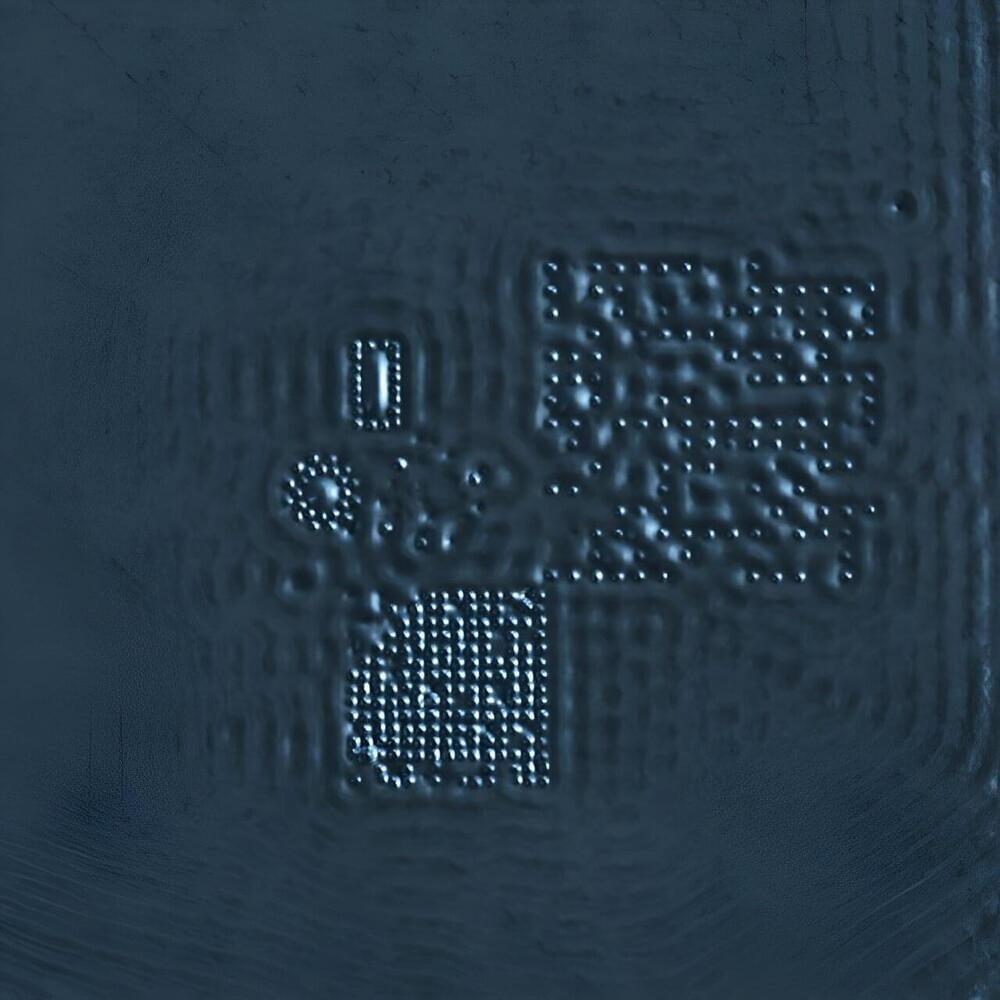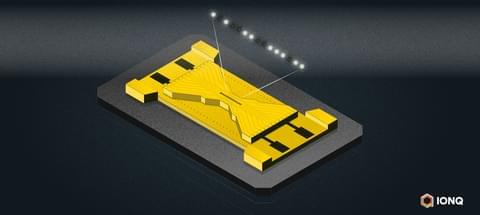Aug 20, 2023
Explaining Matter-Antimatter Imbalance with Gravitational Waves
Posted by Dan Breeden in category: particle physics
Upcoming gravitational-wave observatories could find evidence of a new type of neutrino, supporting a popular theory for why matter dominates over antimatter.
Many cosmologists look to a model called the seesaw mechanism to explain both the Universe’s preponderance of matter over antimatter and why the three flavors of neutrinos are so light. The seesaw mechanism resolves these big questions by introducing a yet-unobserved particle known as a sterile neutrino, which is far more massive than the known neutrino flavors. In new theoretical work, Graham White of TRIUMF, Canada, and colleagues propose a method to test the model indirectly using gravitational-wave observatories due to come online in the next decade and beyond. Direct observation is impossible for now, as producing sterile neutrinos experimentally would require a particle accelerator many orders of magnitude more powerful than the Large Hadron Collider.
